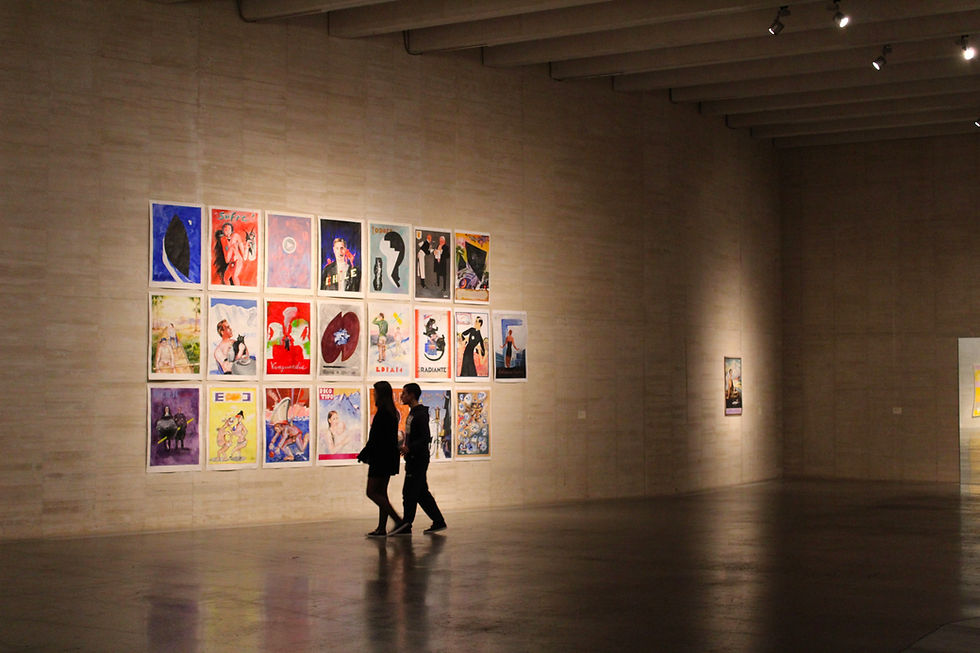Gothicisms — Eight Centuries of Night and Light
- Anna Lilli Garai
- Oct 19
- 2 min read
Location: Louvre-Lens, Lens, France
Date: September 24, 2025 – January 26, 2026
Project: Historical and contemporary group exhibition
Why it Matters: Follows the Gothic from medieval stone to subculture and digital worlds
The Louvre-Lens has turned its galleries into a Gothic landscape.Gothicisms moves through eight centuries: from cathedral vaults to Hammer horror, from stained glass to gaming engines. The exhibition refuses a straight timeline. It opens with the 12th century and ends in the present, with everything in between folded together.
Vaults, pointed arches, and fragments of sculpture sit close to each other, more like a worksite than a museum. The light falls low, the shadows do the rest.
Then things start to shift. Romantic ruins meet neo-Gothic revivals. Restoration plans for Notre-Dame hang next to prints of ruins and architectural studies. The walls feel crowded in a way that matches the subject: Gothic has always been a style that grows over what came before.

The new work doesn’t imitate the past. Wim Delvoye’s steel cathedrals keep the lace-like patterns of medieval stone but carry the weight of metal. Iris van Herpen’s dress moves more like architecture than fabric. Mélanie Courtinat’s digital space is wide and tense at once.
Two period rooms act like anchors. One is a 19th-century neo-Gothic office from Strasbourg, carved down to the smallest detail. The other belongs to the Lipinski twins, longtime figures in the regional goth scene. Their living room is full of records, books, and objects that feel worn in, not staged.
Around these rooms, a thread runs through text, music, film, and color. Stained glass throws color on Blackletter prints. Ars nova scores play low in the background. German Expressionist cinema loops in a corner. One wall asks the most obvious question: why do we think Gothic is black?
Curated by Annabelle Ténèze, Florian Meunier, Hélène Bouillon, and Dominique de Font-Réaulx, the exhibition avoids nostalgia and focuses on how forms travel — from stone to fabric, from ruins to subculture, from manuscripts to code.


